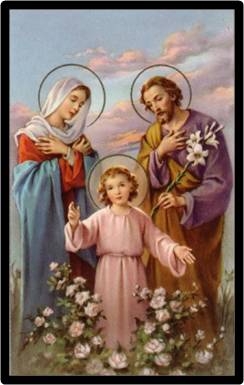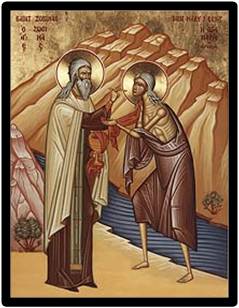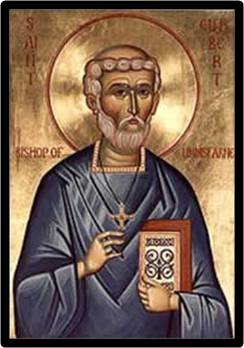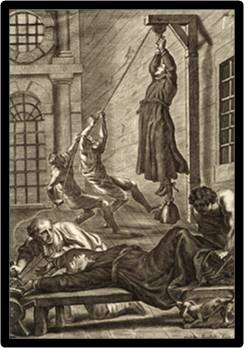
St. Joseph of Nazareth is a great saint who totally lived by faith – a faith that made him a real hero. He was chosen by our heavenly Father as the trustworthy guardian and protector of his greatest treasures, Jesus his divine son and Mary Queen of heaven. Joseph was Jesus’ foster-father and Mary’s husband.
He was poor all his life and had to work very hard in his carpenter shop, but he did not mind. Joseph was happy to work for his little family. He loved Jesus and Mary so very much. In the Holy Bible we do not find even one word spoken by St. Joseph, and yet, even without words, he shows his deep faith and trust in the Living God.
Whatever the Lord wanted him to do, St. Joseph did at once, no matter how difficult it was. He was humble and pure, gentle and wise. Jesus and Mary loved him and obeyed him because God had placed him as the head of their family. What a joy for St. Joseph to live with the Son of God himself. Jesus obeyed him, helped him, and loved him.
We pray to St. Joseph as the protector of the dying for a special reason. We believe that Joseph died peacefully in the arms of Jesus and Mary when God finally called his faithful servant to the joy of heaven. St. Joseph died before Jesus’ passion and death on the Cross.
St. Teresa of Avila chose St. Joseph as the protector of her order of Carmelite sisters. She had a great trust in his prayers. “Every time I ask St. Joseph for something,” she said, “he always obtains it for me.” St. Joseph is the patron of the Universal Church.

Serapion lived in Egypt during exciting times for the Church. As a young man, he received a fantastic education in Christian Theology (Religious Studies) and other important subjects. When he finished studying, for a while he directed the famous Christian school that taught catechism and the faith in Alexandria.
Then Serapion made up his mind to spend more time in prayer and penance. So he went out into the desert and became a monk. Serapion’s little rule was”The mind is purified by spiritual knowledge (or by holy meditation and prayer), the spiritual passions of the soul by charity, and the irregular appetites by abstinence and penance.”
He met the famous hermit, St. Anthony of Egypt in the desert and became his disciple. Serapion tried very hard to learn from and imitate him. When he died, Anthony left Serapion one of his cloaks, which he treasured for the rest of his life.
Serapion became bishop of Thmuis, a city in lower Egypt in the Nile delta. He went to a very important meeting of bishops in 347, called the “council of Sardis” in Sardica. Serapion was a very brave bishop. He loved the truths of the faith and tried to protect them from those who wanted to change Christian beliefs and promote Arianism.
He worked with St. Athanasius, another brave bishop. They both had great courage and became very good friends. They fought against false teachings or heresies with their homilies (preaching) and with their writings. St. Serapion was banished (sent away) from Thmuis by Emperor Constantius II who supported Arianism.
Most of St. Serapion’s writings were lost. They were letters on teachings about the faith and an explanation of the Psalms. He wrote against Macedonianism (which says that the Holy Spirit is not God) and against Manichaeism (which shows that our bodies can be used to do good or evil but that we must choose). So it is wrong to believe that only our souls are of God and that our bodies are of the devil.
His most important work, called the “Euchologion,” which was a collection of liturgical prayers, was lost for hundreds of years. It was found and published at the end of the nineteenth century.
Another famous saint of that time, Jerome, named St. Serapion a “Confessor of the Faith”. St. Serapion died around the year 370 in Egypt, in the place where he was exiled.




